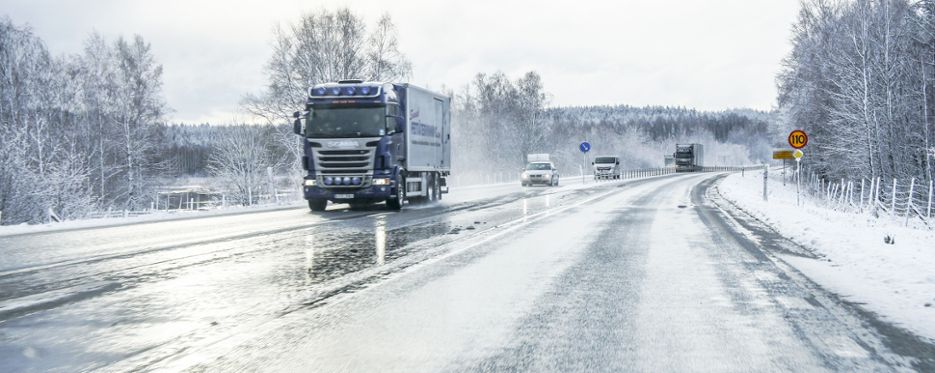A zero-crossing occurs when the day’s highest temperature two metres above the ground has been above 0ºC and the lowest temperature on the same day has been below 0ºC.
Zero-crossings are most common of all in central Sweden, where they happen 100-120 times a year on average. The lowest numbers of zero-crossings are recorded in Skåne, around Lake Vänern and along the coast of Götaland and Svealand.
Nationally, the highest number of zero-crossings is generally seen in the spring, but they are almost as numerous in both the autumn and the winter. During the summer, however, this phenomenon is unusual in much of the country.
The future
According to the latest summary of climate scenarios, which were produced by SMHI and in which zero-crossings were specifically studied, zero-crossings are likely to decrease in number throughout the country during the autumn and the spring. During the winter, we will see another reduction in the number of days with zero-crossings in southern parts of the country, but an increase in central and northern Sweden.
